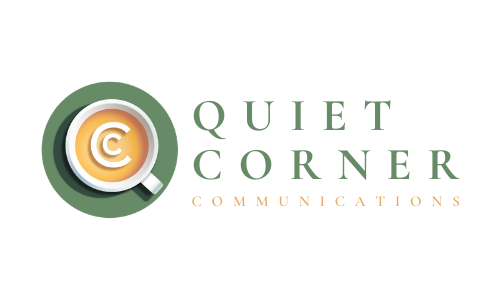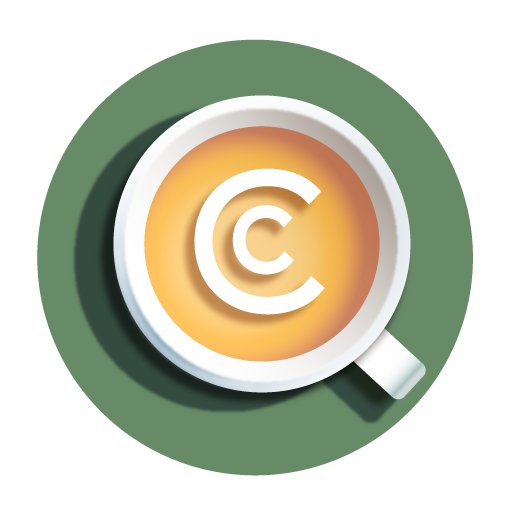SaaS SEO Survival Guide
It’s estimated that 30,000 SaaS companies exist worldwide, and if you throw in the hundreds of new projects sprouting up on platforms like Product Hunt or Indiehackers, I would not be surprised if the number is larger.
Add the fact that Google indexes millions (if not billions) of pages per day, and saying that SEO is getting extremely competitive is an understatement.
Does SEO still work for SaaS companies?
Yes. We’ve helped many SaaS companies beat the odds and rank on Google and are sharing our findings and tactics with you. This is your survival guide to succeeding at SEO and getting your SaaS company in front of your customers on Google. Follow the steps below, and you will rank and get traffic from Google.
Common SaaS SEO myths
Before we get into the survival guide, let’s dispel a few myths. These are common ones I’ve seen in popular SaaS forums on the web as well as on social media, and they do you a massive disservice.
SEO doesn’t work anymore
Let’s bust this myth right off the bat.
As crowded as SEO is, it does work, and it’s still possible to rank. And you don’t need a massive content team or tons of backlinks; we’ve got the case studies to prove it.
SEO does take time, though.
For a brand-new website with no content other than a landing page, it will take a while (and lots of content) to start ranking consistently on Google. The good news is that SEO compounds over time, by consistently publishing content on your website you will build authority that will make it easier to rank your content as time goes on.
You can’t rank without backlinks
Another myth that seems to especially pervade SaaS circles. Backlinks can amplify a well-built SEO strategy, but they are not required to rank and they are not a replacement for quality content.
Sure for extremely broad and competitive keywords, links help. But you can rank for niche terms, or terms your competitors gloss over, without building backlinks.
All you need to do is blog
Blogging went from obscurity to the bread and butter of a marketing strategy in the early 2000s. Somewhere along that line of evolution the idea came to be that all you had to do was blog and you’d be delivered to the promised land.
When blogging was still in its nascent stages for businesses that may have been true, but now that nearly every website has a blog of some form it just is not the case. Blogging alone won’t bring you to the top of Google. To do that, you need a well-thought-out SEO strategy, and I don’t just mean build a big list of keywords.
How to build a winning SEO strategy
We’ve shared our full approach to building an SEO strategy, but we’ll give a quick overview here.
Building an SEO strategy is more than just building a big list of keywords and writing a blog post about each one. In order to rank today you need to think creatively about your business, customers, and how they use Google to solve their problems.
I like to define strategy as a coordinated set of decisions designed to win. In order to build a strategy, we break it down into five core decisions. We teach businesses of all sizes how to build a strategy through our programs, and they all follow this exact same framework.
To build an SEO strategy designed for success, you need to:
Define your SMART goals for your strategy
Identify who you will be targeting
Identify the questions your customers are asking as they use Google
Turn those questions into a unique set of content pieces on your website
Define the metrics you will measure to track your progress and success
And that’s it. This framework has led to increases in organic of 1,000%, without any backlinks required.
I recommend spending an afternoon, at least, and bringing in as diverse a group from your team as possible. The more, the merrier because the more perspectives you bring in beyond just “SEO” or even “marketing,” the more aligned your SEO strategy will be with your business.
This strategic framework has been used for a variety of companies ranging from SaaS to law firms, though there are a few particular patterns to be aware of depending on your industry. Let’s examine those patterns I’ve encountered when working with SaaS companies.
How to do keyword research for SaaS
Over the years I’ve picked up on trends and patterns when it comes to the types of questions buyers ask on Google and SaaS companies are no exception.
There are three primary types of queries your customers are probably asking on Google:
How do I do my job better
I need a tool to do this job for me
I need an alternative to my current solution
Those a bit more familiar with SEO may know the term “search intent.” For those unfamiliar, search intent attempts to describe why someone might search for a certain keyword. For SaaS companies, I’ve seen these trends ring true in how potential customers use search.
“How do I do my job better” queries are “informational” searches. These are questions someone might ask Google as they are trying to do their job. In the buyer's journey we might consider these “awareness stage” queries, some examples might be:
How to build a marketing strategy
How to write good sales follow-up emails
What to include in a blog post
“I need a tool to do this job for me” queries are much more on the nose. These queries are usually looking for a specific capability of a software product, or software for a particular use case. Examples might include:
Software to build a marketing strategy
Automated sales follow up emails
Blog writing software
“I need an alternative to my current solution” queries present interesting opportunities. Not only are your customers searching for alternatives to other software products, but non-software alternatives they may currently be using. Some examples could include:
Alternative to HubSpot CRM
Alternative to Excel for managing customer data
You can even niche these queries down to your industry.
How to structure a SaaS website for SEO
To address those SaaS queries, there is a standard blueprint you can build off of for your website.
In addition to the standard pages you need to have for a website (a home page, about page, contact page), it’s important to bear the typical SaaS queries in mind as you consider other types of content to create. There are three sections we recommend SaaS clients keep in mind:
A blog/resource section
Features pages/use case pages
Alternative landing pages
Recall the queries above, and some clear patterns should emerge.
The “how do I do my job better” queries are usually best served by blog posts. A great way to enhance your blog is to collect and reformat blog posts into massive resource pages called pillar pages.
Meanwhile, the “I need a tool to do this job for me” queries are best served by features or use case pages. It’s tempting to gloss over your features, but resist that temptation and do not be afraid to be as specific as possible.
My favorite example of this is Canva. Canva is a design platform that allows you to design pretty much anything. That’s the beauty of their tool, and one of the most powerful assets to their SEO strategy because Canva has a page for literally everything their tool can create:
Canva could have trimmed down the menu. For example, a page for “social media” rather than an individual page for each network. But the team at Canva knew that people would be searching for a tool to make graphics for Facebook or Instagram, and created pages to match each query.
Lastly, the alternative landing pages.
Target your customers who are looking for alternatives to their current solutions. It could be a competitor or a common non-SaaS solution. Either way, brainstorm all the alternatives to your product and create landing pages for each. I like to niche these down if possible, for example modifiers like “best alternatives for small businesses” or a niche function of your product are great ways to stand out in search, and improve your chances at ranking.
Using Canva as an example again, we see a “free alternative to PowerPoint” landing page:
While Canva’s primary competitor would be Adobe, they readily acknowledge there are a host of other products (many of them free) that they are competing with and are worth addressing with content.
Keys to SEO success for SaaS
Follow the information above and you will succeed and see your SaaS company rise to the top of Google. There are a few other miscellaneous tips to note though that you should be aware of as well in your SEO journey.
Set up Google Analytics and Google Search Console for your website to track your performance
Submit your sitemap to Google Search Console and make sure Google is indexing all of the pages on your website
Create content quickly and consistently. Perfect is the enemy of good; it’s better to have decent content on your website than no content at all
Experiment often in the early stages, I approach content like building a SaaS product: iterate and experiment, test and see what works.
SEO is a broad discipline, but this should give you what you need to get started and begin ranking your site. SEO takes time, but with practice and consistent effort, you will see results come in. Good luck!



